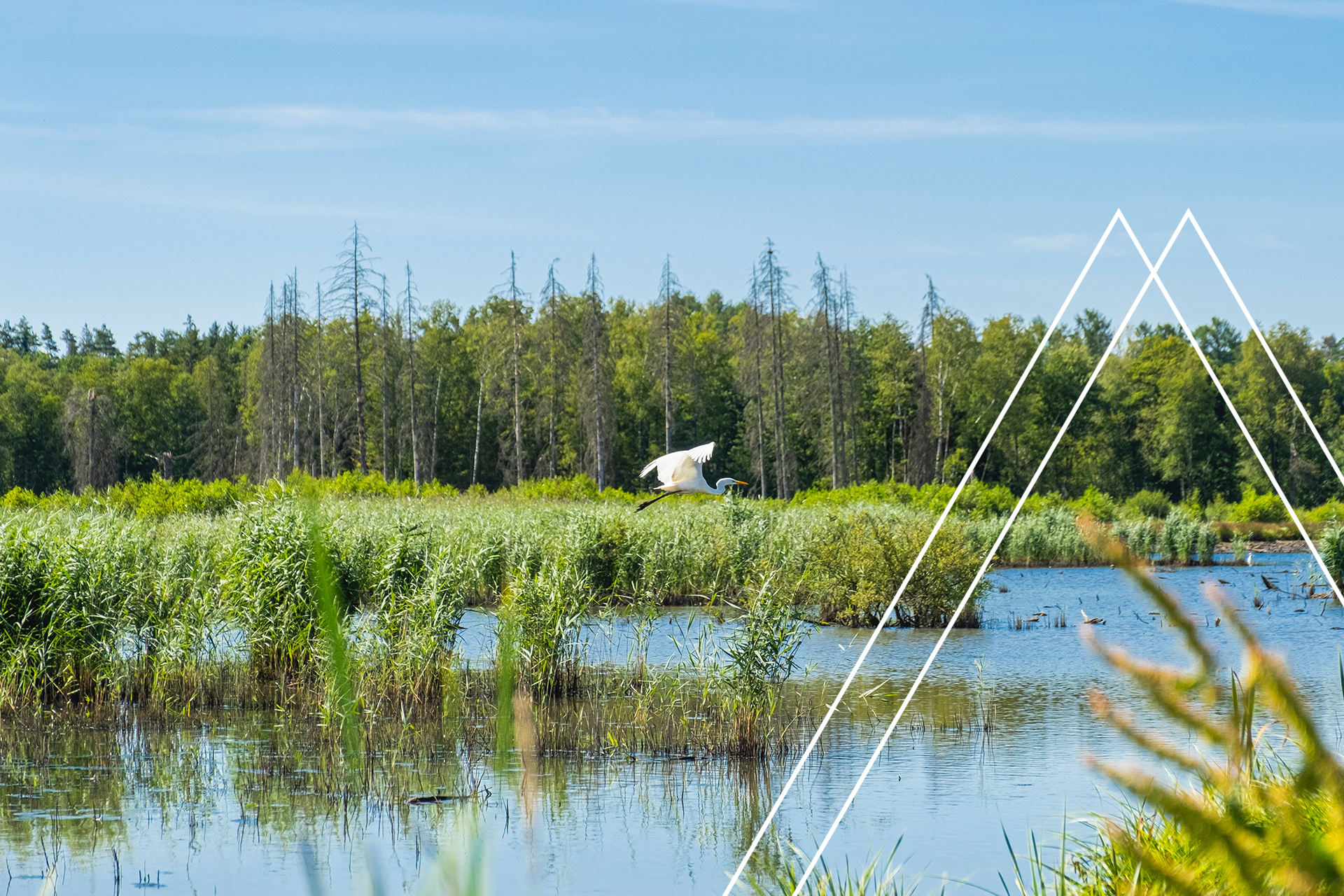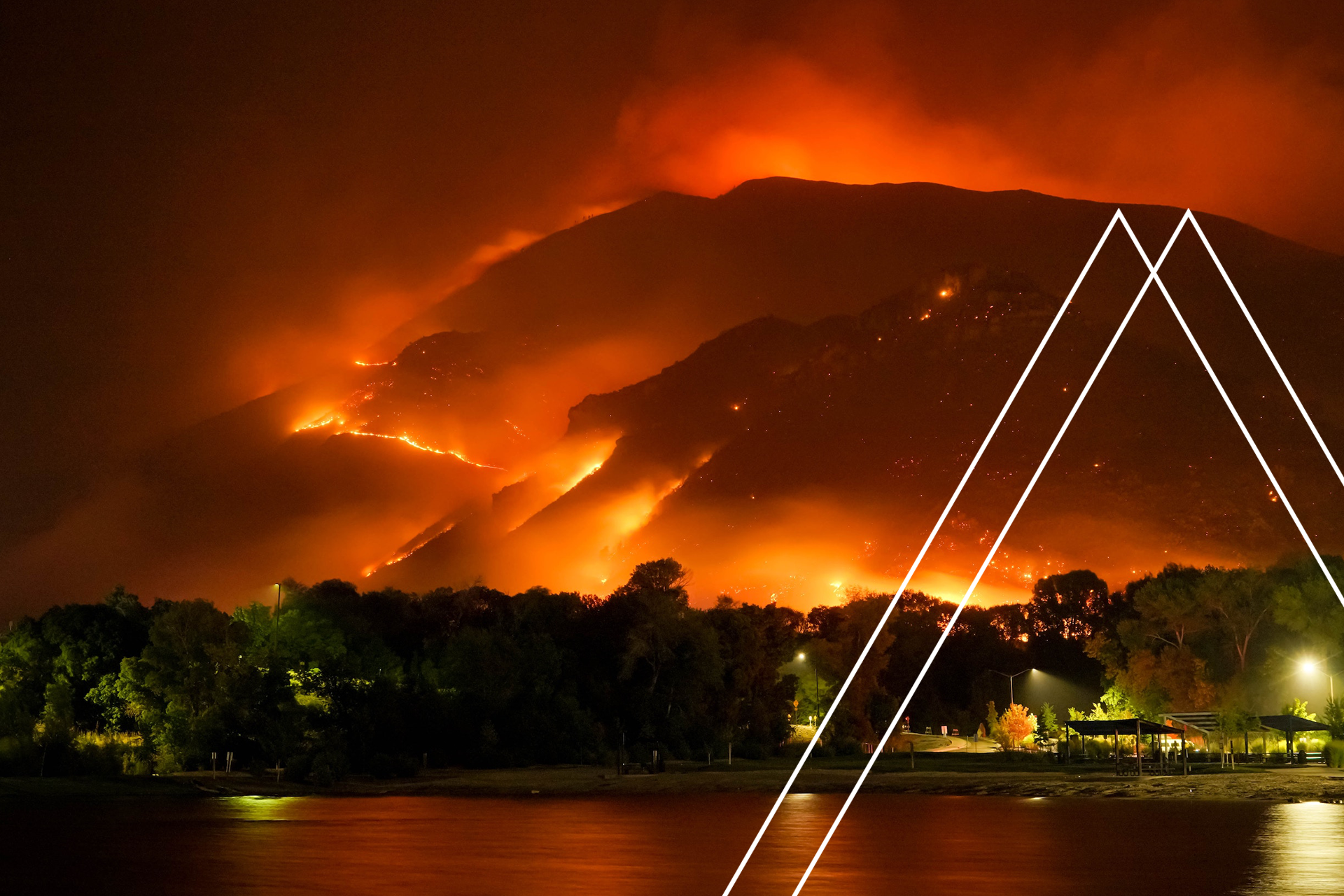Neptune’s Equilibrium: The Ocean’s CO2 Cycle (Part 1)
The Earth’s oceans cover more than two thirds of its surface. Ocean currents influence the weather and climate owing to the movement of warm and cold water. Equally, climatic conditions affect the ocean. Global warming causes the Greenland ice and ice caps to melt, which in turn alters the salinity and water density. The oceans, the atmosphere and the biosphere therefore obtain a sensitive equilibrium, which needs maintaining.
It was during my undergraduate studies in geology in the eighties that I learned about the rock cycle. Over millions of years, mountains are gradually eroded down by chemical and physical processes. The sediments are carried into the sea by rivers where it is deposited on the sea bed and ultimately over periods of millions of years again transformed or metamorphosed to rock during mountain building at the edge of tectonic plates. In this context, I learnt about carbonisation that plays a crucial role in the chemical weathering of limestone – CO2 reacts with water to form carbonic acid, which in turn reacts with carbonate rocks. This is a process whereby CaCO3 (calcium carbonate) is dissolved in water and washed into the sea.
Reaction between carbonic acid and calcium carbonate:
CaCO3 + H2O + CO2 Ca(HCO3)2
Dissolved in water calcium hydrogen carbonate exists as ions:
2H+(aq) + CO32-(aq) Ca2+ CO32-(s) Ca2+(aq) + 2HCO3-(aq)
Who would have thought that almost 40 years later, I would hear again about carbonisation in the context of global warming. Carbonisation is fundamental in maintaining the CO2 balance between the oceans and the atmosphere.
The oceans store much more carbon than the atmosphere and the Earth’s forests put together. The most carbon, however, is stored in the lithosphere within rocks such as limestone (calcium carbonate, CaCO3).
Within periods of hundreds to thousands of years a gradual exchange of carbon takes place between the media atmosphere, biosphere and the ocean. During the last 12,000 years between the last ice age and the beginning of industrial revolution the CO2 concentration of the atmosphere had hardly changed – the pre-industrial carbon cycle was in equilibrium with the atmosphere.
As soon as CO2 migrates from the atmosphere into sea water, it reacts to form carbonic acid causing a shift in the hydrogen carbonate (HCO3-) and carbonate (CO32-) ion concentration. The absorbed atmospheric CO2 is estimated to contribute to approx. 10% of the oceans dissolved inorganic carbon. Scientists have forecast that the recovery of carbon equilibrium between the ocean and the atmosphere in future would involve the ocean absorbing about 80% of the anthropogenic CO2 from the atmosphere. The buffering effect of deep-sea calcium carbonate sediments plays an important part in this process. Large quantities of CO2 are absorbed when carbonates that have developed over the geological timescale on the sea bed react with carbonic acid and are partly dissolved.

Fig. 1: Anthropogenic CO2 is primarily transported into the North Atlantic and into a belt between 30 and 50 degrees south latitude. This figure illustrates the values of total uptake (in mol/m² water column) from the beginning of the industrial revolution until the year 1994. © maribus (Sabine et al., 2004) in World Ocean Review
This buffering of atmospheric CO2 by the world’s oceans plays a key part in the speed of global warming. Unfortunately, the buffering of CO2 is taking place at a much slower rate than necessary to prevent global warming. This is because the mixing of the ocean is a slow process. Scientists estimate that it would take centuries before equilibrium is established.
As a geologist, you usually acquire a feeling for long time periods. It is important to realise that mankind has only existed on Earth “for a fraction of a second” of the geological timescale. Consequently, it is our responsibility to avert the imminent human induced climate crisis and to restore the equilibrium between the atmosphere, biosphere and ocean by developing technical solutions and adapting a more sustainable lifestyle.
Our next blog post in the series “Neptune’s Equilibrium” will look at the relation between oceanic methane deposits and its future use i.e. consequences for sustainable development.
Source/Further Reading:









Head Office, Berlin,
Neue Grünstraße 17 | 18 Hof 1 | TRH 3
10179 Berlin
© ES EnviroSustain GmbH 2021




